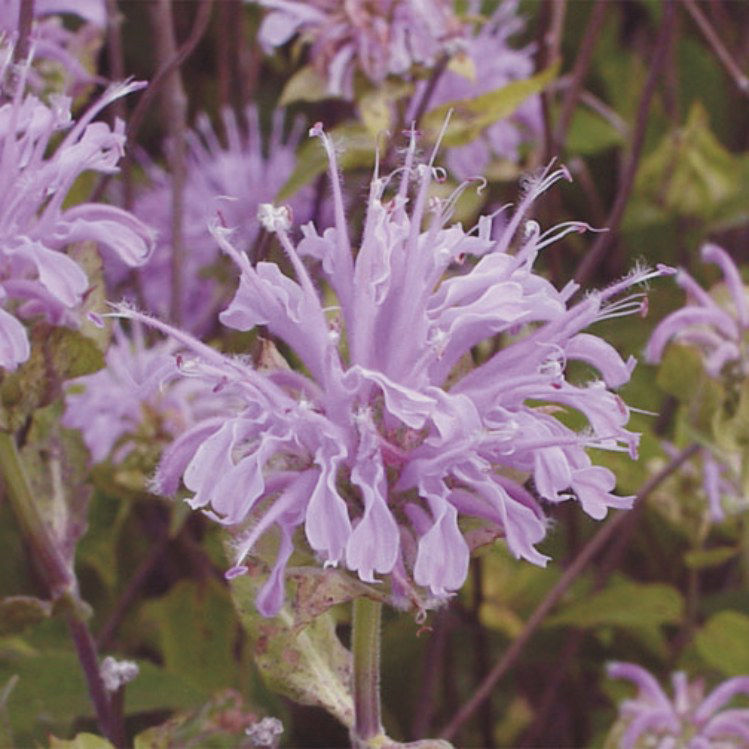
Remove old flowers to prevent seed production from weakening the plant. Every week, look for wilting clusters.With a rake, remove the blossoms and compost or dispose of them. It is important to clean up the garden space.Remove the flowering stem to within a quarter-inch of a leaf or leaf bud at the top. Deadhead the blooms as soon as they begin to droop and die.Clean your shears to prevent the spread of fungi, bugs, and infections.If you wait until the peak of bloom, deadheading will become too much of a chore. Snipping blossoms that are past their peak every couple of days is best, as it will only take a few minutes. This will most likely happen in early summer. When your plant has only a few flowers, you should begin deadheading.

You should definitely deadhead your bee balm if you want to encourage more blossoming.

Regular deadheading transfers the energy that goes into producing seeds to the formation of more flowers and continuous blossoming. When bee balm blooms droop and wilt, the blooming process is halted, allowing seeds to grow. It promotes plant air circulation, which aids in the prevention of powdery mildew and fungal problems. The process of removing wilted or dead blossoms from a plant is referred to as “deadheading.”ĭeadheading bee balm improves the plant’s health and appearance. Learn about the benefits of pruning and how it can help your plant produce more blossoms. Did you know there is a way to encourage this herbaceous plant to produce more flowers? As the shrubs can reach a height of up to 1,50 meter, the usage of a big bucket is recommended, especially if you want to place several plants together. after half an hour: Drain surplus water from the plate. Moving clumps every few years may help limit problems with powdery mildew.I adore my perennial bee balms because of the lovely flowers they produce each year. press on and tighten the rest of the potting soil. The plants will regrow after cutting, then bloom. Harvest stems to dry for tea in early summer, before the plants bloom. Pastel flower colours look especially cooling in partial shade. Our Garden Planner can produce a personalised calendar of when to sow, plant and harvest for your area. Over time, a happy plant will form a mount 120 cm (4ft) high and wide. Monarda is a slight spreader, but not invasive like mint. We have cold winters and mine tend to die back. 30 cm (12in) each way is a good spacing for an initial planting of 3 plants. In the Fall you can cut the plant back to about 2 inches tall or leave them for the birds to feast on in winter. Many selected cultivars are resistant to powdery mildew, a common problem with this species. Start with purchased plants, set out in spring. Rows: 30cm (11") with 50cm (1' 7") row gap (minimum) Sow and Plant Single Plants: 30cm (11") each way (minimum) Monarda thrives with other sun loving perennial flowers and looks lovely with cosmos.Bbeloved of the bees it is also known as Bee Balm and is excellent for attracting pollinators. Topdress the dormant plants with good compost in winter. Frost tolerantĪ cold-hardy perennial which can survive temperatures to -30C (-20F).

Bee balm grows in clumps and spreads through the planting site quickly. Plant the bee balm to a depth of ¼ to ½-inch deep, and space plants 12-inches apart. Check your local listings for frost dates in your area. Morning sun with partial afternoon shade. Gardeners can start their bee balm planting in the garden in the mid-spring after the last frosts fall.


 0 kommentar(er)
0 kommentar(er)
